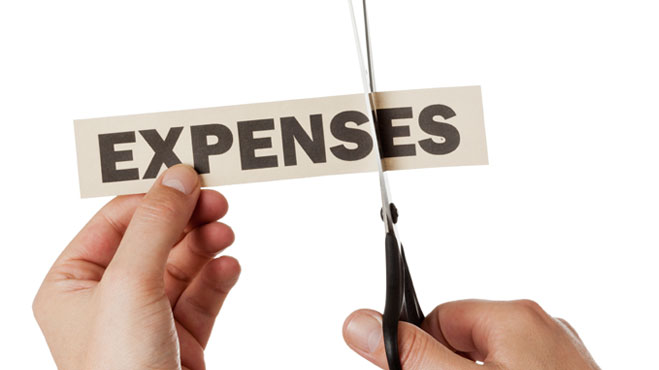
How do you legally terminate an employee?
We’ve all been through hiring an employee who doesn’t quite fit. Be it their capacity to do the job or even just their behavior – it can have a toxic effect on a business and teams, especially in smaller enterprises that can’t offload such workers to other departments.
For small businesses in particular, terminating an unsuitable employee can be problematic. Under the Fair Work Act (2009), there are many processes and requirements employers must fulfil in order to protect themselves and the well-being of all workers. But there are also easy avenues for disgruntled ex-employees to hit back if they don’t feel like you did right by them.
So if your business has less than 15 staff, what do you need to know to ensure that you are following the Small Business Fair Dismissal Code? Procedural Fairness ensures the employer and employee both have a “fair go all round”.
Procedural fairness ensures the employer and employee both have a “fair go all round”.
What is procedural fairness?
Whenever the prospect of exiting an employee, it is absolutely imperative that you have followed the correct procedures. This ensures the employer and employee both have a “fair go all round”, in the words of the Fair Work Commission.
The employer must communicate with the employee, preferably through writing, and give them ample opportunities to change their behaviour or improve their performance. The employer is required to provide a reason why they are first at risk of being dismissed, usually based on the employment agreement and job description and relating to either conduct or capacity to do the job well. Employers next must take reasonable steps to rectify the problem and allow the employee enough time to respond, such as through additional training or clarification. If the employee is still unable to fulfil the role or their conduct has not improved, speak to one of our HR Consultants for advice.
When can I terminate someone on the spot?
 You need to be careful throughout the dismissal process.
You need to be careful throughout the dismissal process.Who instigates the complaints process?
If an employee believes that they were let go unfairly, then they are eligible to file an application for unfair dismissal remedy. Going directly to the Fair Work Commission, this potentially lengthy process can have devastating implications for not just your business’ bottom line, but for staff morale and your employer brand, making it difficult to retain existing workers and attract new talent.
Depending on the outcome, the Commission may rule that the dismissal was fair and no actions are taken. In the case that the claim is accepted, the employer may be required to either compensate for lost earnings, reinstate the employee, or both.
If the claim is accepted, the employer may be required to either compensate, reinstate, or both.
When don’t I have to worry about a claim being accepted?
For a claim to be legitimate, the employee must have been within your small business (less than 15 employees) for at least 12 months of continuous service. Where an employer has 15 or more employees, 6 months of continuous service is required for a claim to be classed as legitimate. An employee who earns more than $138,900 per annum and is not covered by an award or enterprise agreement cannot make an unfair dismissal claim.
While it might seem like an easier option to terminate an employee, if you don’t do it correctly, they it can create a multitude of ongoing problems. If you are dealing with an unfair dismissal claim or want to know about the finer details of terminating someone, then get in touch with the helpful HR Consultants at Flexi Personnel today.





